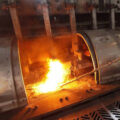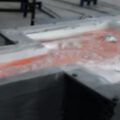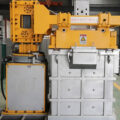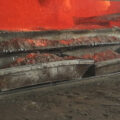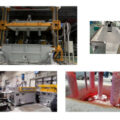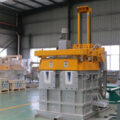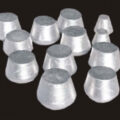Pure aluminum has a low density, about 1/3 of iron, a low melting point, and aluminum has a face-centered cubic structure, so it has high plasticity and is easy to process. It can be made into various profiles and plates with good corrosion resistance; but pure aluminum Aluminum has very low strength, so it is not suitable for structural materials. Through long-term production practices and scientific experiments, people gradually strengthened aluminum by adding alloying elements and using heat treatment methods, which resulted in a series of aluminum alloys. The alloy formed by adding certain elements can maintain the advantages of pure aluminum, such as light weight, and also have higher strength. This makes its “specific strength” better than many alloy steels and becomes an ideal structural material. It is widely used in machinery manufacturing, transportation machinery, power machinery, and aviation industry. Airframes, skins, compressors, etc. are often made of aluminum. Made of alloy to reduce its own weight. Using aluminum alloy instead of steel plate material welding can reduce the structural weight by more than 50%. With the rapid development of science and technology and industrial economy in recent years, the demand for aluminum alloy structural parts is increasing, and the research on the workability of aluminum alloy is also in-depth. The wide application of aluminum alloy has promoted the development of aluminum alloy processing technology, and at the same time, the development of processing technology has expanded the application field of aluminum alloy. Therefore, aluminum alloy processing technology is becoming one of the hotspots of research.
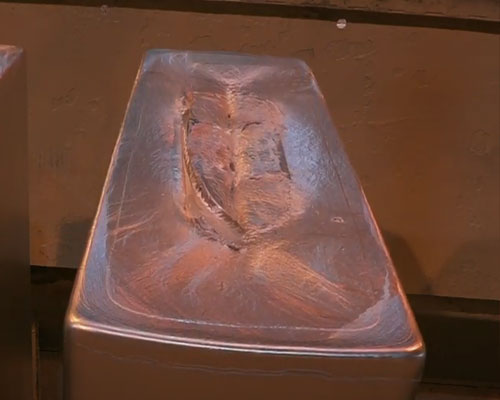
Smelting is for plastic processing of aluminum ingots. During smelting, use rapid analysis equipment to analyze alloy composition and adjust in time. In order to ensure the purity of the melt, prevent the pollution of harmful gases and control the chemical composition, in addition to shortening the smelting time as much as possible, it should be covered with a powdered flux based on potassium chloride and sodium chloride, and the general dosage is 0.4 ~ of the weight of the charge. 2%. The melting temperature is usually controlled at 700 to 750°C.
The molten metal needs to be refined and filtered to remove the harmful hydrogen gas and non-metallic inclusions in the metal to improve the purity of the metal. Refining usually uses solid refining agents or gas refining agents. The solid refining agent is generally based on chlorine salt, and hexachloroethane is also used as a refining agent to replace chlorine salt. Early use of highly reactive chlorine gas as a gas refining agent, although the purification effect is good, but serious environmental pollution, so the development of nitrogen-chlorine mixed gas, inert gas and three-gas refining agent, the effect is better. To ensure the refining effect, the oxygen and moisture content in the refined gas should generally be less than 0.03% and 0.3 g/m3. The dynamic vacuum degassing method also has better degassing and sodium removal effects.
Filtration is to let the molten metal pass through a filter made of neutral or active materials to remove suspended inclusions in the melt. Commonly used glass mesh, ceramic foam filter plates, and alumina particles are used as filter beds for filtration, and electric flux refining and flux layer filtration can also be used.





